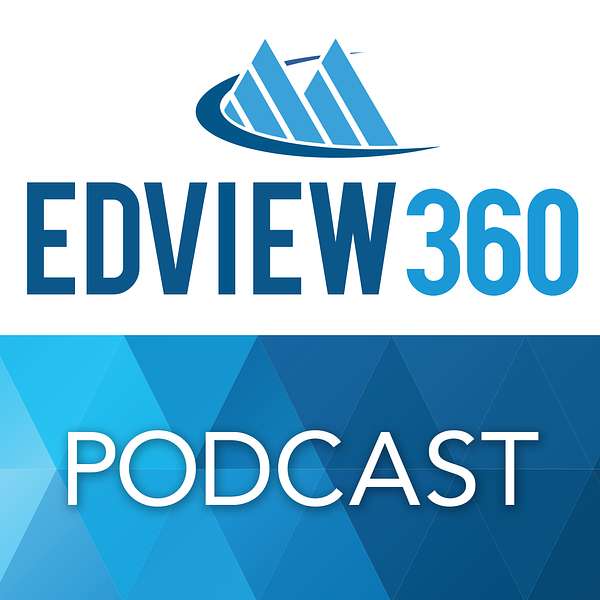
EDVIEW360
Hosted by Pam Austin, these discussions will feature dialogues with experienced educators, inspiring thought leaders, social media influencers, and leading education innovators.
EDVIEW360
Teacher, Parent, and Author Lindsay Kemeny’s Journey to Science-Based Reading Instruction
Join us as we talk with Lindsay Kemeny, a parent, elementary school teacher, and author of, 7 Mighty Moves. In this inspiring and eye-opening discussion, Kemeny shares her journey into science-based reading after her son was diagnosed with dyslexia and depression. Kemeny will discuss the key changes she made in her classroom after taking a deep dive into effective literacy instruction.
As this conversation explores the intricacies of effective reading instruction supported by comprehensive research, Kemeny shares evidence-based “moves” that will give you a road map to elevate your teaching practices. Through real-world examples and interactive discussions, this conversation will help you build confidence in your reading instruction.
We’ll explore:
- Research-backed methodologies for effective reading instruction
- Practical, evidence-based teaching moves
- Ways to develop confidence in reading instruction
